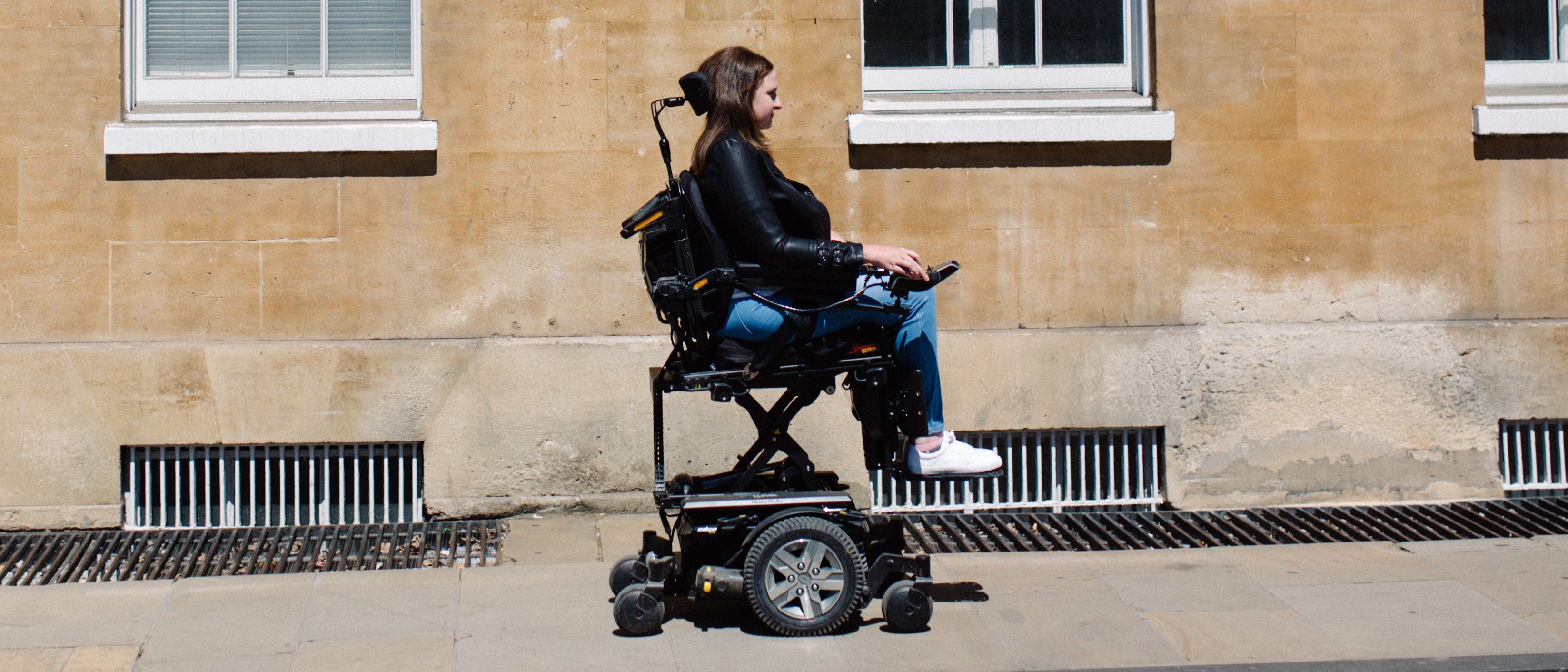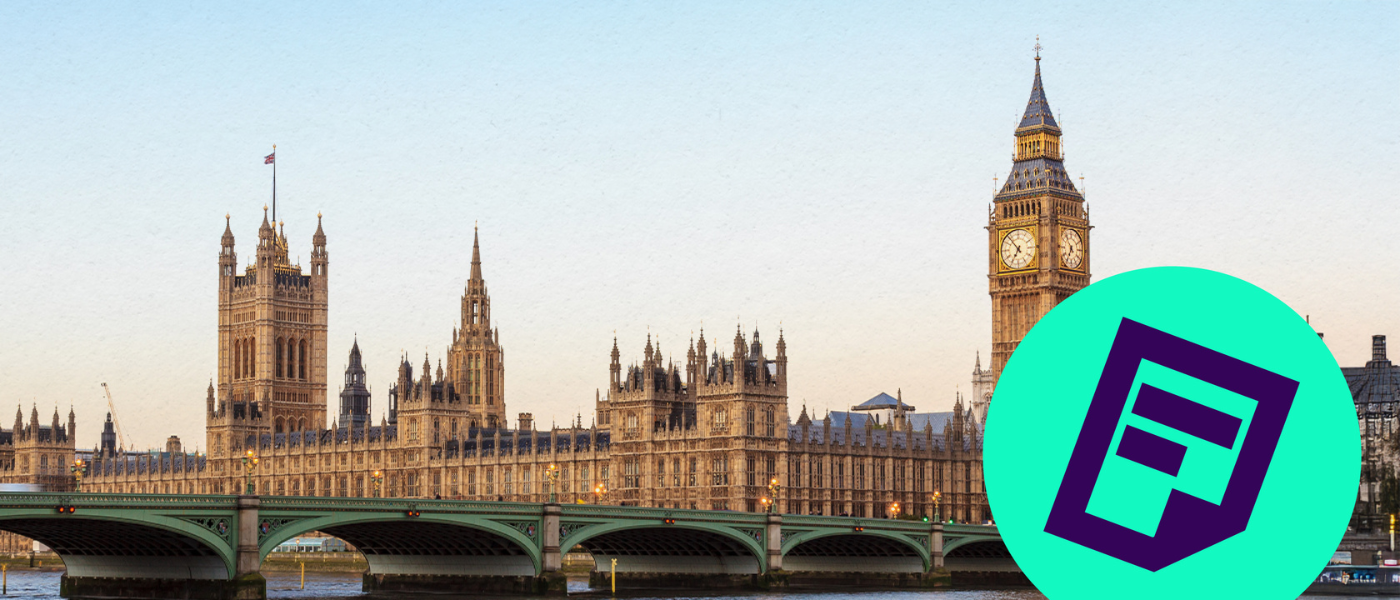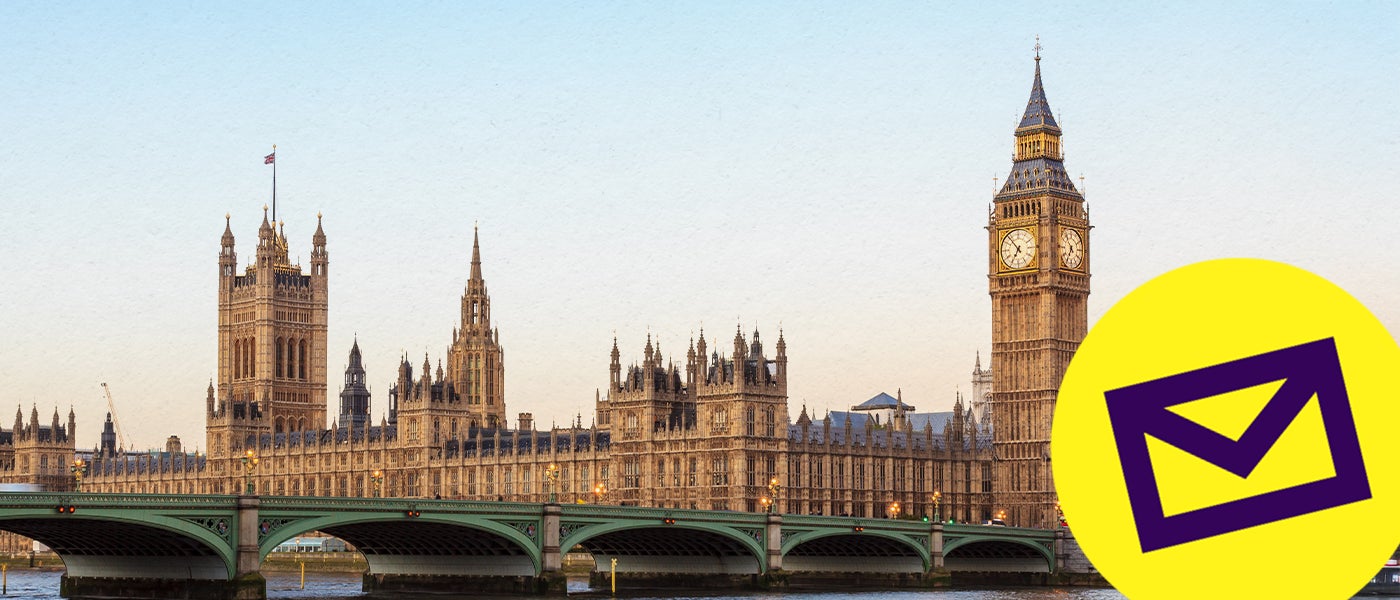- Home
- News and stories
- Using public transport can be scary
Using public transport can be scary
My name is Shona, I’m 21 years old and I’m a power chair user. I have a genetic condition called Marfan Syndrome and I’m a blogger and activist.
I rely on public transport and use it almost daily and I thought I had it all figured out, until a recent experience took me out of my comfort zone.
Using public transport can be scary
When you’re disabled, using public transport can be challenging, sometimes things go well and other times our negative experiences can leave us weighing up whether it’s worth the hassle.
Over a few years, I built up my confidence in using public transport, and I thought I was prepared for every problem I could potentially come across.
I was used to being denied access to the wheelchair space on buses due to buggies or assistance not arriving to help me off a train, but getting stuck on a platform for hours, due to the nightmare combination of a broken train and a broken lift, was not something I’d planned for.
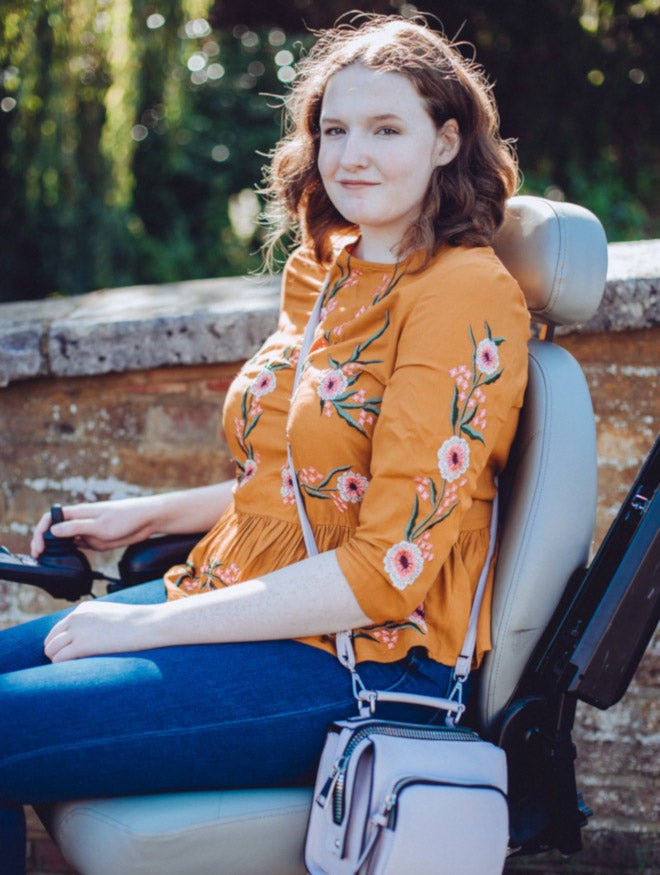
With transport, I hope for the best and plan for the worst
Whenever I travel, I always plan for the worst-case scenario, so when something does go wrong, I can spring into action quickly.
But when a train I was on recently broke down on an underground platform at King's Cross, St Pancras station, I had no plan of action. This, combined with a broken lift, left me stranded on the platform.
At first, I was stuck there. Like most other passengers, I was hoping the train would move soon and we would be on our way. But soon enough, it become evident there would be no quick fix.
Other passengers started to leave via the stairs and escalators to find alternative travel options. Passengers helped parents with buggies to carry them upstairs whilst I sat and watched.
Soon, my mum and I became the only passengers left on the platform.
Train staff didn't know how to support me
There were plenty of staff around, but no one seemed to have any idea what to do with me. I asked about emergency procedures - because at this point, I felt it was bordering on an emergency - but I didn’t get many answers.
There didn’t seem to be a plan in place for the situation I’d found myself in. Not only was I concerned about how I would get off the platform, but I was also concerned about how myself and other wheelchair users would exit in actual emergency situations.
It was upsetting to be the only passenger remaining on the platform, with no clear idea when I would be able to leave.
My safety was at risk by unqualified train staff
Eventually, between a few members of staff, they came up with ‘an idea’, and it was presented as an idea rather than a prearranged procedure.
My power chair would be taken up on the escalators, and I would be taken up several long flights of stairs on an automatic evacuation chair. The problem was, none of the staff seemed to know how to use the evacuation chair properly.
The first person who used it to take me up the stairs did the best job, and it was a pretty smooth ride. But, the next person truly had no idea what they were doing, and so I was jolted around aggressively, leaving me in increased pain throughout the rest of the day.
There was a lack of communication and I really started to question whether I was safe. Once we got to the top they offered to pay for a taxi for me to continue my journey. But as soon as I was safely back in my power chair, I understandably didn’t want to be staying around any longer.
Finding accessible transport information is a hassle
A really difficult part of using public transport, trains in particular, is the hassle of finding accessibility information.
Whenever I’m travelling anywhere new, I have to spend a lot of time researching the stations I’m using. I spend time finding an accessible taxi I can fit in, as a power chair user, and even more time is spent booking assistance.
Booking assistance is a tedious process and information is not always easy to find, as well as different train companies having different policies.
The wheelchair space is often a different size depending on the company and type of train, making for an anxious experience if it’s the first time I’m catching that train. Sometimes I cannot relax until I have reached my destination, which makes for a stressful journey.
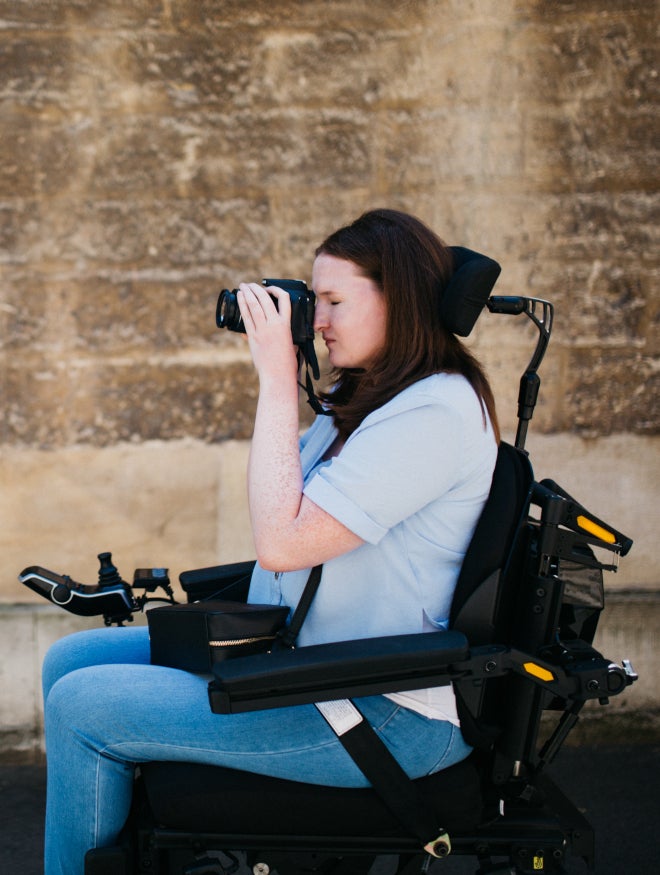
Looking to the future
If I could wave a magic wand, I’d love to see disabled people being able to just turn up and go when using trains.
Often, I might know what day I’m travelling, but it’s rare I’ll know which exact train I’ll be catching home, 24 hours in advance - which is the amount of time most companies like to know in advance of when and where you’ll be travelling.
When I’m seeing a show in London, I never know what time I’ll be returning home. I’ve stopped booking assistance, as it’s a short journey and the staff know me, but it’s incredibly frustrating that when things go wrong, me not giving 24 hours’ notice is thought to be to blame.
The platform my train gets into, when I travel into London, has level access from the train to the platform - meaning I don’t need a ramp at that station. This removes the need for assistance entirely for me, and I doubt I’d travel into London as regularly as I do if this wasn’t in place. It would be great to see more time and money put into making this possible elsewhere for me and other disabled people.
I think we all know that change is happening, albeit slowly. But sometimes it’s difficult to see that change in real life, when many of us are still faced with challenges using public transport.
Disabled people are still far from being equal
Complaining is something I really don’t like doing, but with my experience of being abandoned on the platform, I think it was necessary.
The gap in their system was concerning, and I fear for any disabled people in the future who might find themselves stuck in a similar situation.
Thankfully the response I received was positive in the end. They changed and reinforced their procedures to make sure that in future, issues are dealt with quickly and safely.
They also pushed for longer-term solution to the broken lift which, for a long time, would regularly break, making situations like mine more and more likely. Recently they finally fixed the lift in a more long term way, encouraged to do so by my experience.
I don’t share negative experiences like this to scare other disabled people, but rather to demonstrate how far from equality we still are. I think it’s also difficult to imagine real change when it comes to these situations.
The way my experience was dealt with in the aftermath, and the real life changes that were made, really gave me hope that things can be different. Public transport does not have to be something we should fear or avoid.
I’d say my positive transport experiences do outweigh my negative ones. For me, the key to change is to keep the conversation going. There are still a lot of problems to be solved.
Join our campaign
We need your help to make change happen. Tell us what promises you want to see public transport companies make to make it easier for disabled people to travel.


